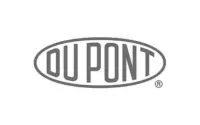Earning Trust: The Value of Small Promises
In this Quick Take, you will learn how people feel when their boss makes a promise and breaks it, why it’s the frequency of promises – not their size -- that helps you earn trust and credibility from your people, and why it’s best to make lots of small promises that are easy to keep.











